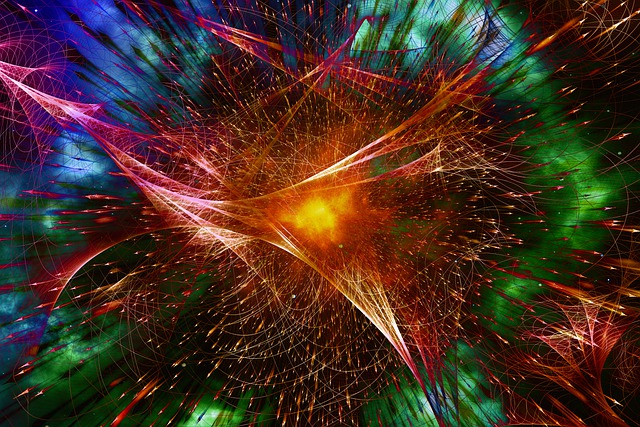Accelerator Offers Artificial Intelligence Cookies – Signal Magazine
Although commercial products may be the solution, that often is not the case. “Unfortunately, too many times we expect our commercial businesses to know all of the nitty-gritty details and solve all of our problems for us, but the reality is no one knows those problems better than the airmen and guardians. We’ve got to teach them how to work through and get to the proper solution,” Capt. …….

Although commercial products may be the solution, that often is not the case. “Unfortunately, too many times we expect our commercial businesses to know all of the nitty-gritty details and solve all of our problems for us, but the reality is no one knows those problems better than the airmen and guardians. We’ve got to teach them how to work through and get to the proper solution,” Capt. Lopez offers.
One research effort, the Multi-Modal Vision for Synthetic Aperture Radar project, provided an AI model to aid humanitarian response efforts. The AI used machine learning techniques to train a model, which generated synthetic, color images from black and white radar images. Adding color to water and other features helps nonradar experts more easily understand the images. So, for example, rather than a local police chief or firefighter having to decode a raw radar image for the first time, they can easily identify floodwaters and other features and “do what they do and start acting and initiating those rescues,” the captain offers.
“That is huge. That’s a proof of concept. Our next test is how to get this out to the rest of our Guard units and take this academic paper and make it into a humanitarian aid and disaster response tool that our governors across the United States can have access to using our military assets from their Air National Guard bases,” he states. “If we can take that same technology and give it to those governors, we’re going to be able, hopefully, to get access and figure out what’s happening on the ground much faster, especially if there’s cloud cover.”
For the project, researchers used Pix2Pix, a machine learning algorithm that relies on a conditional generative adversarial network that can, for example, convert simple line drawings into more realistic images or black-and-white photographs into color photographs. They downloaded publicly available satellite photos and electro-optical images from the Internet and told the system to use the radar images to provide colored images.
“Over millions of these iterations, we train it and train it, and it tries to generate this color image. Every time it doesn’t get it, we say, ‘Hey, bad robot. Try again,’” Capt. Lopez reports. “And it will rework its math, and it’s going to try to generate it again.”
Once the system was properly trained, the researchers used radar images taken during a pre-scheduled training mission within the United States and tested the technology’s ability to provide the colored images. “And lo and behold, it did,” the captain says.
“We took radar images of coastlines and urban areas. Using those radar images, we passed them through the model, tested it, and we actually got no-kidding results on the backend of a coastline and buildings and beaches and ocean and fields and fences and roads, and we could hardly contain our excitement,” he states.
The system also inadvertently taught pilots a lesson on taking in-flight images, Capt. Lopez offers. “It also showed us where pilots can do a better job of taking pictures. Sometimes when you take radar pictures, they have artifacts where pilots, like myself, decided to turn in the middle of taking the picture. It highlights some feedback for the operators, too. We’ve never had that before.”
Source: https://www.afcea.org/signal-media/accelerator-offers-artificial-intelligence-cookies







